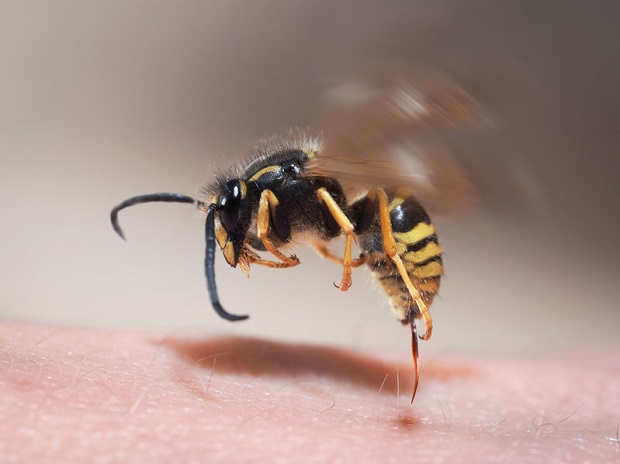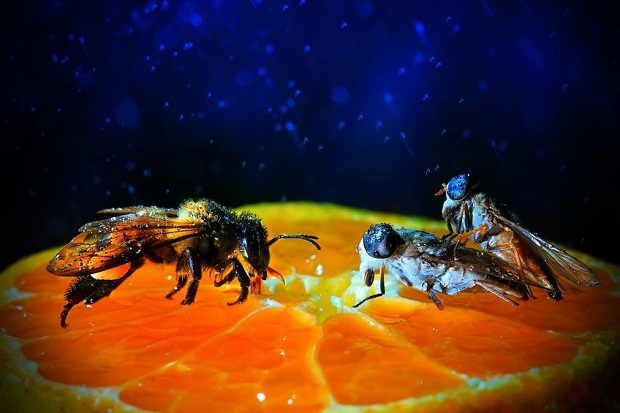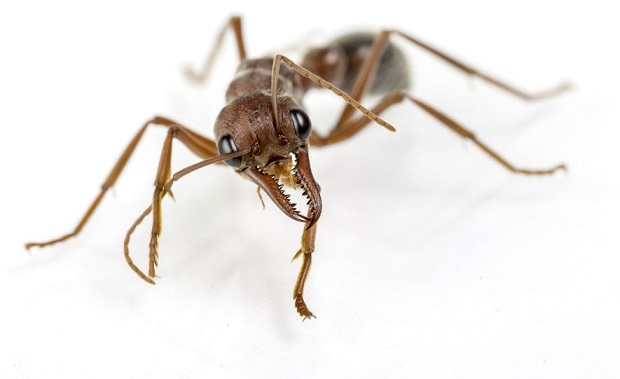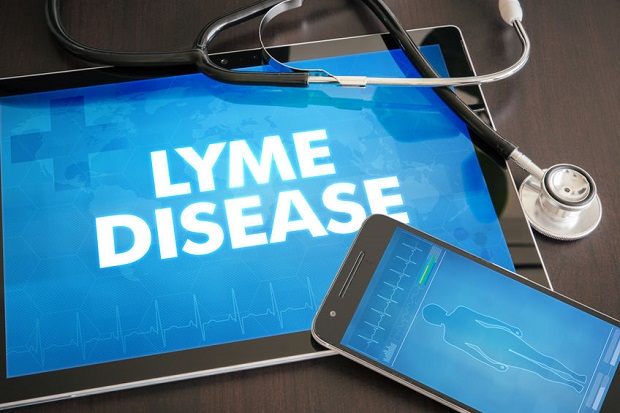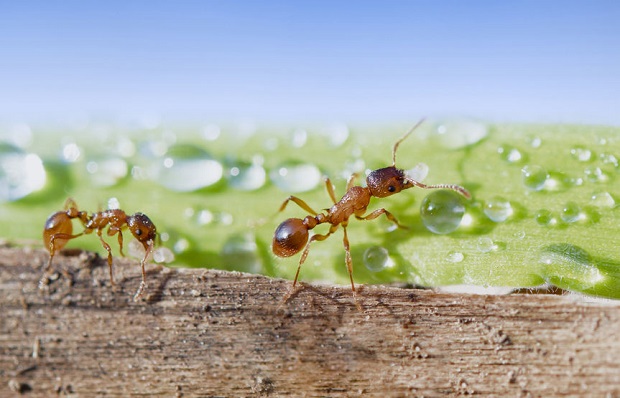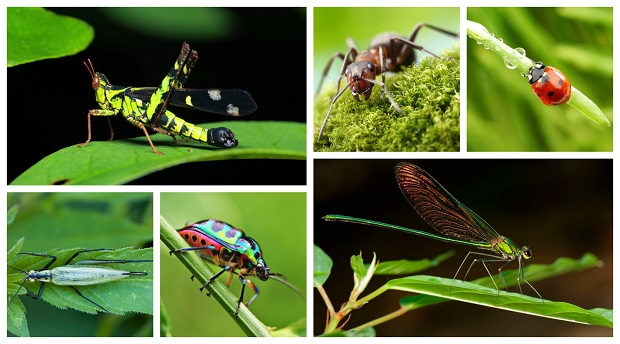
Are Ants Insects?
Yes, ants are insects. Ants are classified as insects belonging to Phylum-Arthropoda, Class-Insecta, Order- Hymenoptera.
Distinct characteristics are required to classify an organism as an insect. They must possess all of the traits of the phylum Arthropoda as well as the class Insecta.
Phylum Arthropoda Characteristics
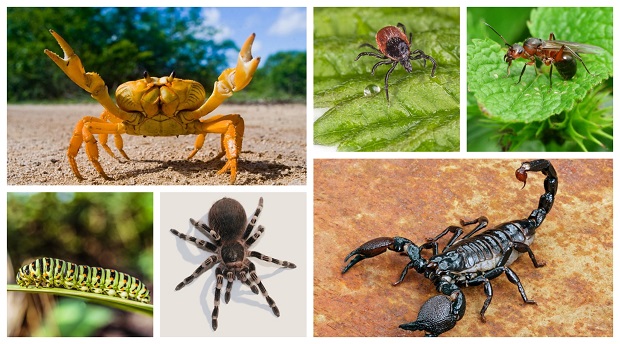
All insects have segmented bodies, jointed legs, and exoskeletons belonging to the phylum Arthropoda. These characteristics alone are not unique insect identifiers because other common classes of Arthropoda share these traits, including the Crustacean, Diplopoda, Chilopoda, and Arachnida, which include such organisms as the crab, spider, tick, and millipede.
Class Insecta Characteristics

To be characterized as an insect, the organism must possess the traits of the phylum Arthropoda as well as the traits from the class Insecta, which include three distinct body parts, three pairs of legs, one pair of antennae, and usually wings.
Unique Characteristics Differentiating Ants with Other Insects
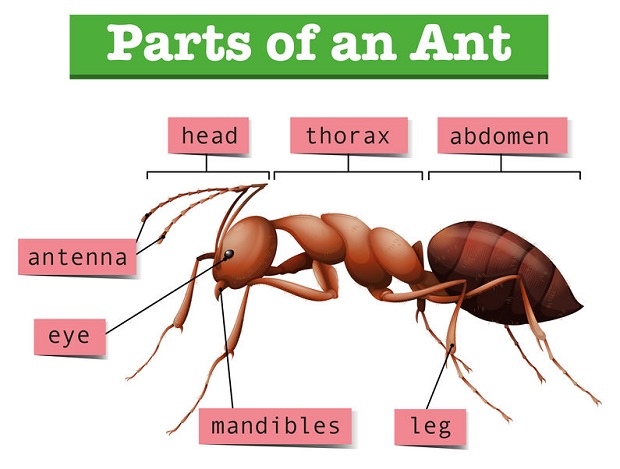
Gaster: Though the ant technically has three traditional insect body parts, the ant has distinct separations between the thorax and the abdomen, called pedicels or nodes. The ant’s three-body portions are generally referred to as the head, the abdomen, and the gaster (abdomen with nodes).
Elbowed Antennae: Ants have a pair of segmented antennae that bend like an elbow. The dangling portion of the antennae is called the scape and is segmented. Many ant species have an antenna that bulges at the base, known as a club.
Metapleural Glands: Most ants have metapleural glands in their bodies’ petiole section. These glands have a variety of functions that though not quite understood, seem to include secreting fluids that act as antibacterial agents and defense mechanisms and are possibly the gland that secretes pheromones.
Wings: Wings are absent in workers but present in reproductive.
Resources
